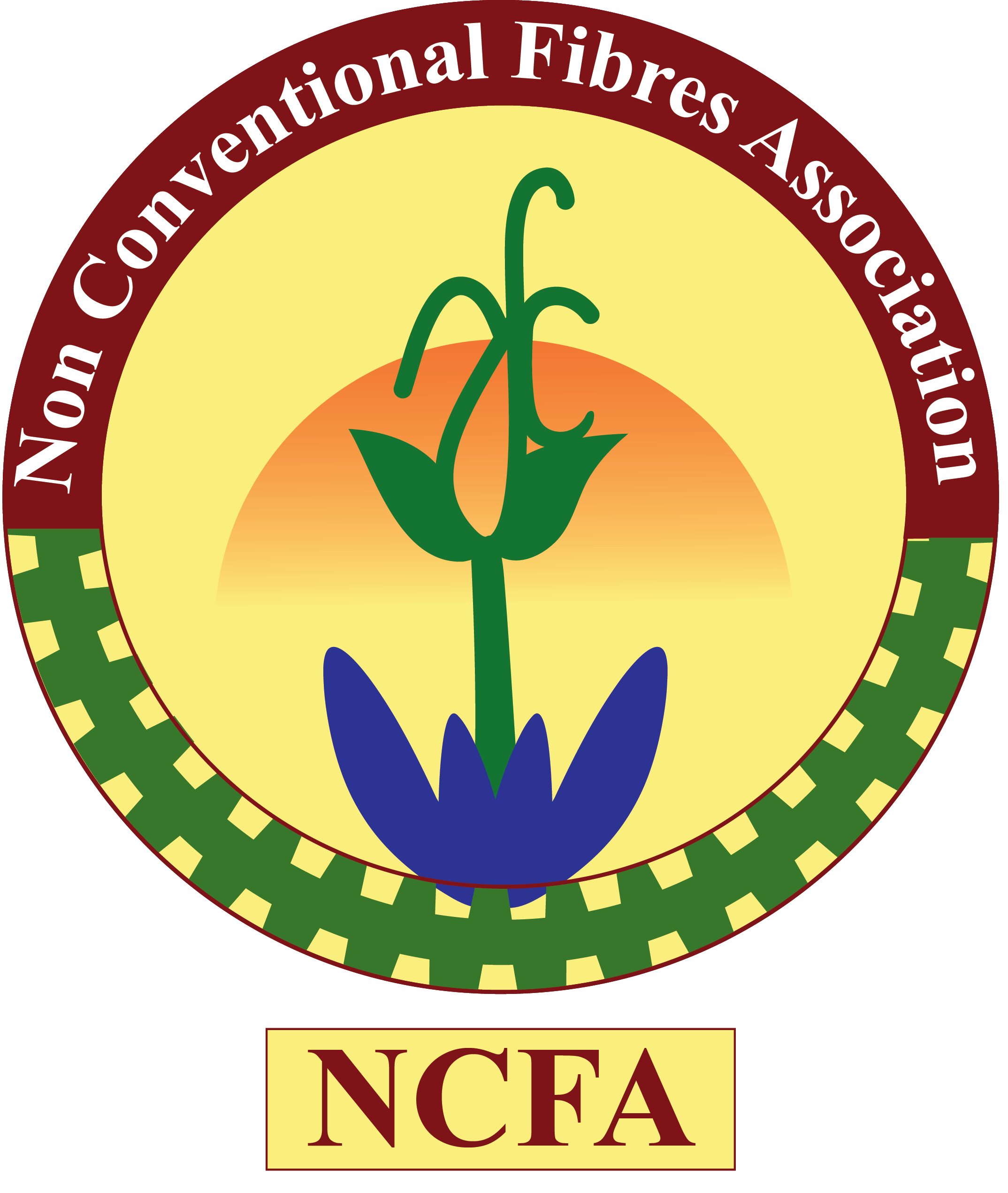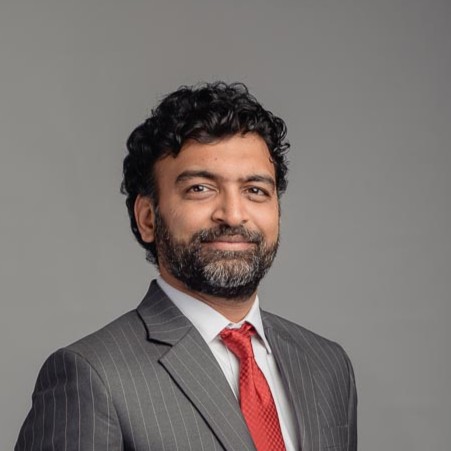Ravi Agrawal, Chairman, Gencrest
With global regulations on sustainability getting stricter, the industry will need to adopt alternative fibres – flax, ramie, banana, hemp, pineapple, etc. While there are quality and production challenges, Gencrest, with its vision to make a mark into `disruptive technology’ space, is trying to address these. Gencrest’s state-of-the-art R&D facility has developed bioenzymes to replace chemicals used in industrial and household processes.
In an insightful interview with Slow Textiles, Ravi Agrawal, Chairman, Gencrest talks about the successful journey of Gencrest Biofibres, and its impact on the mainstream textile industry.
Reena Mital
Tell us about Gencrest Biofibres, and their market penetration?
Gencrest was incorporated with a mindset of sustainability. We have worked in different verticals keeping in mind that any work we do must conform to sustainable actions. We have accordingly worked on processing banana and hemp fibres to make them fibre-grade using our enzymatic process.
We have spun yarns from our Vybrana(banana) and Raysha (hemp) fibres in blends with cotton and Lyocell with multiple spinners. The yarn so developed has been further used in multiple segments in woven, knits, denim, upholstery, table linen,and industrial segments.One major success has been indenims where there has been wide acceptance for trials in bothrigid and stretch denimwith all leading denim mills in India from Arvind, LNJ Denim, Raymond Uco, Bhaskar Denim, Suryalaxmi Denim, Jindal Denim, and KG Denim. These mills have submitted their collections to high street brands like Levis, H&M, Inditex, Pepe, Kontoor Brands etc. Banana blended sustainable denimwas showcased at Denim & Jeans, Gartex,andthe recently concluded Kingpins show at Amsterdam.
Suiting fabrics trials have been concluded at Raymond, Jindal,andDonear, and more trials are underway. Banana blended yarns for weft application are actively being tried to replacelinen effects in the summer fabrics.
Apart from apparel, we have also initiated bulk trials in technical textiles / nonwoven applications with overseas customers both in banana andhemp.
What is your vision and your goals for such sustainable fibres in the textile industry?
Gencrest has developed a versatile product range whereby using our proprietary processing technology, we are converting cellulosic-rich fibrous plant biomass into soft, supple, and spinnable fibre offering a sustainable alternative for developing sustainable apparel. Our process is reasonably chemical-free and resource-light. In the case of banana fibre, we are ensuring eco-friendlyandvalue-addedusage of entire biomass adopting a zero-waste process and converting 100% post-harvest residue into multiple feature-rich products apart from fibre. Our R&D team is working on developing MMCF from a basketof cellulose-rich agri-biomass adopting a closed-loop process while adding feature-rich sustainable fibres to the textile industry basket thereby reducing dependence on petro derivatives and limitations on growth in cotton growing acreage.
How did you convince the industry to use these fibres, given that the industry is quite averse to change, or to adopt these fibres in their conventional production processes.
Keeping in mind the above limitation we dedicated all our efforts at the R&D stage to ensure thedevelopmentof a fibre that requires no major overhauls and is adaptable to run on standard/conventional production process. There has been some amount of resistance but with our consistent efforts to upgrade and bring the fibre quality as close as possible to the regular spinnability, we have been able to make inroads. We have developed in-house spinning expertise and extendedhand-holdingin the initial development stage and even gone to the extent of buying back the yarn till commercial MOQ are established. We have taken a joint development collaborative approach all along and this has helped break the barriers and overcome the inhibitionsthat are quite prevalent with any new fibre introduction in the industry,especiallythose that do not have a price advantage.
What is your current production capacity for banana fibre, hemp fibre and jute fibre?
We started with a pilot plant of approximately 700 kgs per day and with the augmentation in the facility, we are at about 50 MT / month.
What challenges have you faced in perfecting the technology for fibre extraction, and making the fibres spinnable in the conventional spinning machines?
There is no standard industrial equipment available for fibre extraction or processing. The fibre-extractingmachines available are very basic,have low productivity with high manual labour involvement, and are unviable on a commercial/industrialscale. Also, subsequent processing set-ups are either very crude or simply not available and thus we have completely designed andcustom-built the entire processing line in-house from scratch.
Each unit even while installation has been reevaluated under actual material running and undergone multiple design changes and modifications. With this repeated trial and error methodology on the fibreoptimising trials which have continued while building this setup, we have developed the fibre keeping in mind that no capital investment is required at the spinner’s level and the process can be run at the designated spinning unit with minimum possible changes and deliver the optimised quality of yarns.
Are you collaborating with spinning machine makers too?
With the knowledge base built in the initial line developed and installed by us, we are now discussing with the spinning machines supplier to offer us equipment designed for our expansion. As for spinning machines, we have now adopted linen blended short-staple process model and thus not working on any new modifications.
The government is not quite keen to promote hemp fibre production in India. Your views.
Progress has been slow in government approval for hemp cultivation. The government is playing a balancing act on encouraging the use of fibre while ensuring proper controls. It will take time to perfect the regulation around hemp farming and usage based on trials that have started in Uttarakhand.
Further,hemp farming practices are still not correctly established in India which affects the fibre quality. Retting is an important part of the farm practices for hemp which is not being correctly practiced.
Jute is mainly used in handicrafts and packaging. Are you looking at finding textile applications for jute?
We are looking at applications of jute in textiles. Some work in the lab has been successfully completed. There is still a lot of work to be done on this fibre before we confirm the exact usage of this fibre but we do see a potential here.
What challenges does the non-conventional fibres industry face?
In most unconventional natural fibres like hemp, pine, nettle, ramie, pineapple, etc the supply chain is very unreliable and broken. There are no standard facilities available for testing, set quality norms for raw material and finished goods, system, and scope for traceability which is the core of any textile value chain and dedicated body like CIRCOT or Texprocil, etc. We had invested in Lenzing equipment Vybroscope and Vybrodom to have a reliable testing system. Such common facilities with advanced incubation labs with spinning, weaving, knitting, and processing facilities should be developed.
Currently, we are collaborating with TRADC for development and planning to set upanin-housepilot spinning plant.
Can you tell us about the pricing of your biofibres compared to the traditional fibres like cotton, polyester, viscose?
The prices of these fibres vary but are higher than cotton, polyester, and viscose. This is because there are additional processes for extraction and retting before the fibres can be processed. Also, these fibres have high lignin content which reduces the yield during the processing.
How do you quantify the sustainability aspects of your fibres?
For Vybrana, the land and water resources remain dedicated to fruit cultivation and fibre is upscaled from post-harvest agri-biomass. Land andwater footprint is practically zero till that stage. We are undertaking LCA for actual quantification. Also,utilisingagri biomass that otherwise is left to decay, pollute land and soil, and avoiding the emission of harmful gases is another area that adds to the high sustainability of the fibre.
In the case of hemp, it’s a rain-fed crop thathas a yield per acre greater than two times that of cotton and with no fertilizer and pesticide requirements. Additionally, hemp is a carbon sequestering plant so all key sustainability factors are in its favour.
What does sustainable textile and clothing industry mean to you?
Sustainability has to be a 360-degree effort wherein not only is the production environmentally friendly, but the people involved in cultivation and processing also are equally rewarded and conscious about the impact of their actions. Other stakeholders like bankers are mindful of the effect of their funded projects and that a sustainable project cannot be only gauged with higher margin return. While we look at cotton as natural fibre, it is a very resource-intensive crop. It is great that polyester and PET are being recycled and used again but the fact remains that it will still take 500 years to degrade! We can be happy about this but inthe longer term, we need to have alternatives to these products and provide choice to an educated consumer.
There are statistics that state that the world has clothes that are enough to last for six generations even if we stop producing apparel today. Your views.
I am sure the statistics are correct. However, consumption and production will not stop. As global incomes rise, the needs and wants are increasing. Globally, there has never been so much wealth in the hands of the people in history. This will only drive up the demand for clothes. We are developing fibres that make a difference in its carbon footprint and contribute in its own small way towards a more sustainable future.
What sustainability practices do you follow, personally and at the workplace?
Apart from our products being sustainable, we are ensuring we continuously look at all aspects of our work to be more sustainable. We have identified small things and changed our habits like moving to recycled paperback diaries from plastic and using filtered water over plastic bottles. Small points like using water-based paints and polishes at all our facilities over oil to avoid harmful health effects. Use and throw plastic decoration has been eliminated from office for many years now and old decoration is carefully stored to be reused. These may seem insignificant, but we believe that each little step will help. And why not?
Our family’s Samta Foundation works extensively in health, education, and environmental challenges. We have completed large lake and stream rejuvenation projects in our hometown Risod in Maharashtra. We are currently initiating work on 30 other small and large ponds in the district for complete rejuvenation in the next two years. Our team has planted over 100,000 trees and our threenurseries have distributed about 200,000 saplings to farmers in the last two years. This year onwards, we will be distributing and planting close to 300,000 saplings each year. Moreover, these are all native plants so that the local flora and fauna are not disturbed.



